Deploying GeoTextile Tubes
GeoTextile Tubes Installation
Our dredging services are provided throughout Florida, Georgia, the Carolinas, Alabama and Louisiana, as well as the Bahamas and Exumas, and the Caribbean Islands including Dominican Republic, Cayman Islands, Trinidad & Tobago, St. Lucia, Barbados, Antigua, Anguilla, Aruba, Martinique, Grenada and Guadeloupe. Call us for more information at 770-831-8111 or email us about your next project up for bid.
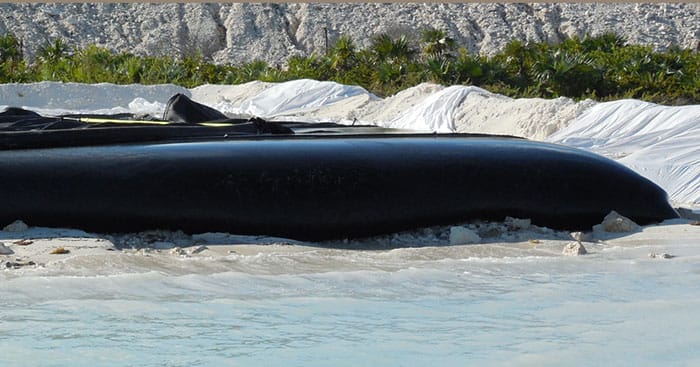

Geotextile Tubes
Southern Dredging and Marine can provide you with GeoTextile Tubes and Bags for your next project. Our services include the installation of the bags to receive the spoils from dredging, or to be used for erosion control or shoreline protection. Contact us to learn more.
Deploying & Connecting the Tubes or Bags
After installing the drainage media, measure the width of the dewatering cell and mark the location of the center of each tube unit. Position the first unit such that the center of the roll is centered at the designated mark. Unroll the tube from the core.
After placing, the tubes should be anchored for initial filling by means of the side loops on the tube. Anchor stress must be alleviated after tube begins to fill. If needed, sandbags may be used to keep tube from being blown out of position.
Size the discharge lines coming from a dredge or pump so that the flow inside of the line is at a speed to keep the pipe full and prevent settlement of solids. Lay the lines straight whenever possible and minimize the amount of elbows and T’s to prevent clogging inside the discharge line. Connections should be equal to the diameter of the discharge line. The pressure in the discharge line should not exceed 6 psi when the flow is going into the one or multiple dewatering units. The warning tag on each tube refers to the maximum allowable gallons per minute to that tube.
For dewatering applications with low percentages of sand, adding polymers will help increase dewatering, improve effluent quality, and achieve higher percentage solids in the dewatered sludge. For projects with multiple dewatering tubes, a manifold system may be used to distribute the sludge to fill one unit at a time or multiple units at a time. The manifold should be constructed using either “T’s” or “Y’s” fittings and valves. Create a start up and daily checklist to follow throughout the operation, before the starting the project. Check for leaks in the piping and connections.
Stacking the Containers for a Smaller Footprints
Stacking the dewatering tubes in layers may be necessary on projects with large volumes with a limited footprint for the dewatering cell. Fill and dewater completely the lower layer of geotextile tube units to support the next layer and all subsequent layers. All units on a supporting layer must be dewatered to the same level. If the “V-Notch” or void space between each unit is large, such as for large circumference tubes, this space shall be filled with suitable material, such as hay bales, to level the surface before the next layer of tubes can be placed or “nested”, and to prevent the next layer from collapsing into the space between the lower geotextile such as Dominican Republic, Cayman Islands, Trinidad & Tobago, St. Lucia, Barbados, Antigua, Anguilla, Aruba, Martinique, Grenada and Guadeloupe, as well as in Florida and most of the Southeastern United States.
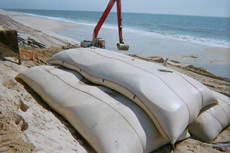

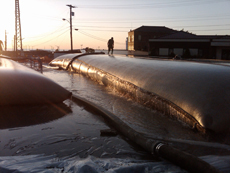

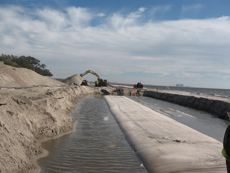

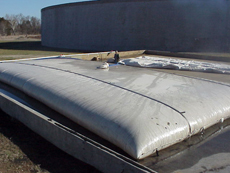

Learn more about our services by calling 770-831-8111
Get a Quote For Your Project
About us


Marine Dredging & Construction, Breakwaters, Beach Restoration, Geo Textiles Tubes
Contact us
Southern Dredging & Marine
3455 Peachtree Rd NE, Suite 500
Atlanta, GA 30326-3236
770-831-8111
info@southerndredgingandmarine.com
View Sitemap
